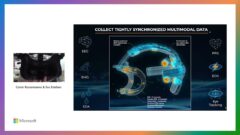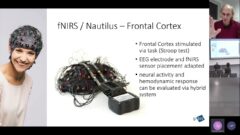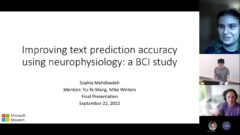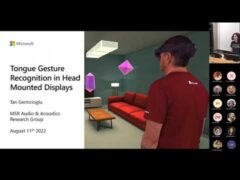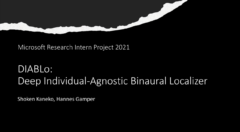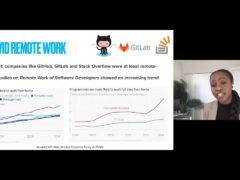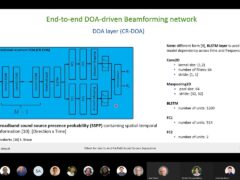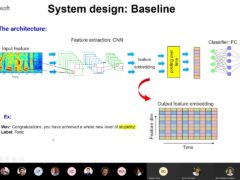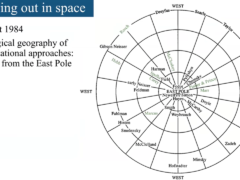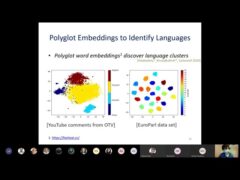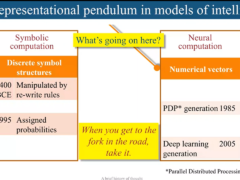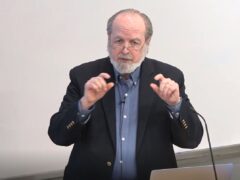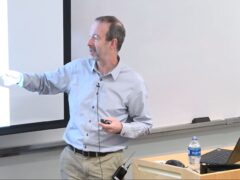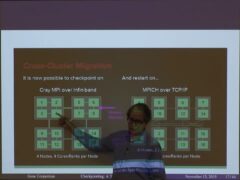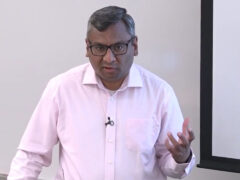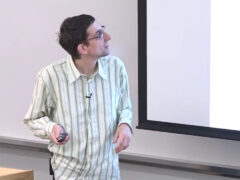Collecting a Heap of Shapes
This talk highlights results from an empirical study of the heap structures and sharing relations that appear in large real-world programs. The aim of this study was to identify what types of structures/sharing relations occur frequently and are critical to understanding the behavior of a program – with an additional goal of identifying a set of properties that can be used to guide the design of static analysis tools or type/annotation systems. This study utilized a novel approach to understanding heap structures. Instead of viewing the heap as a large set of individual objects this work attempts to identify sets of objects (conceptual regions) that all have the same roles in the program and examines the heap at this higher level of abstraction. The results shed light onto the use and importance of recursive data-structures, aggregation, the frequency of sharing, and the sharing patterns that occur in real-world programs. In particular the results show that the heap, in practice and from the viewpoint of conceptual regions, is a relatively simple structure where the vast majority of sharing (aliasing) and shapes that are present can be described by a small number of simple concepts that are closely related to standard programming idioms.
发言人详细信息
Mark Marron recieved his Ph.D. from the University of New Mexico and is currently a post-doctoral researcher at Imdea-Software research in Madrid Spain. His research interests include techniques for modeling and understanding the program heap, and on applying this information to program development.
- 日期:
- 演讲者:
- Mark Marron
- 所属机构:
- Imdea-Software research
-
-
Jeff Running
-
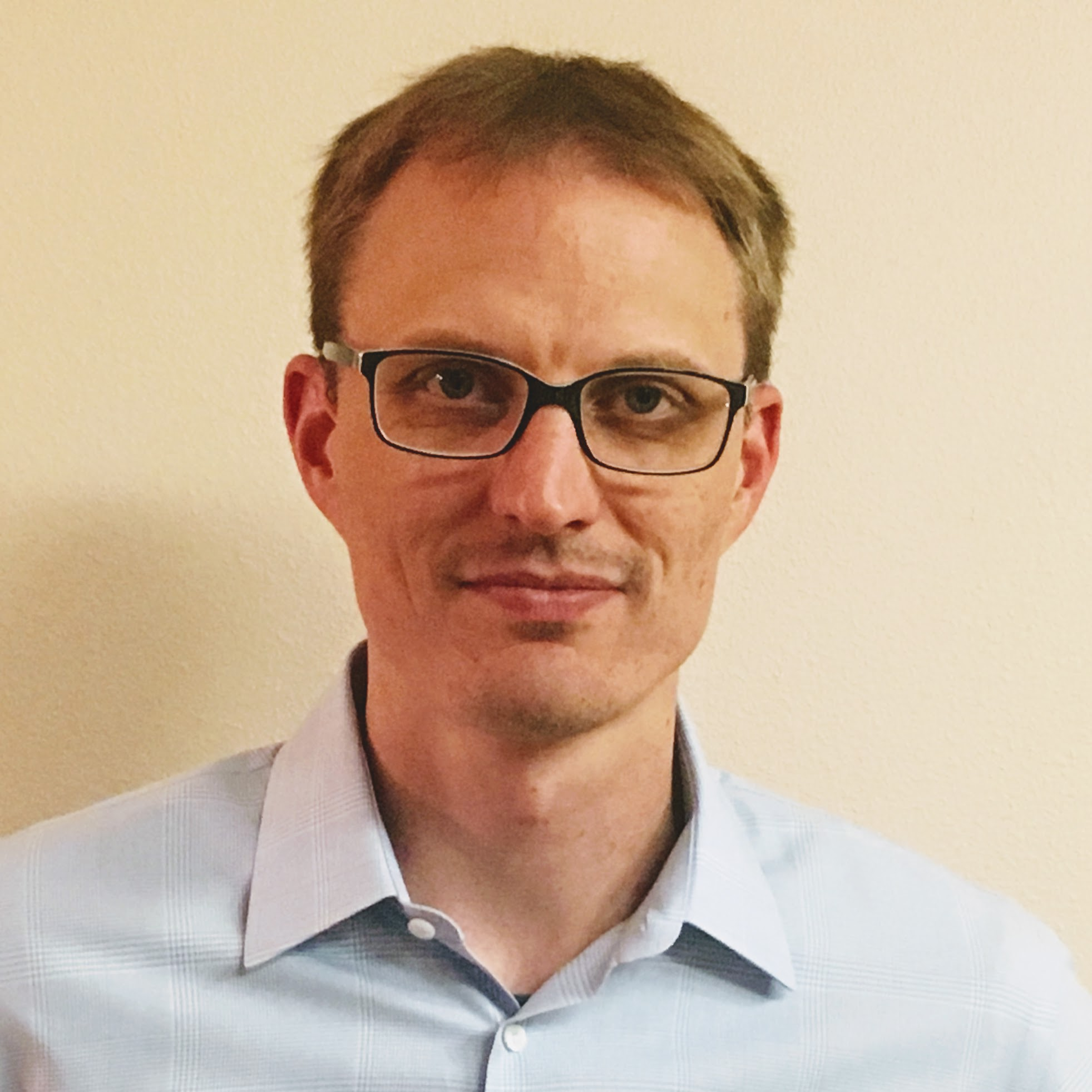
Mark Marron
Principal RSDE
-
-
系列: Microsoft Research Talks
-
Decoding the Human Brain – A Neurosurgeon’s Experience
Speakers:- Pascal Zinn,
- Ivan Tashev
-
-
-
-
Galea: The Bridge Between Mixed Reality and Neurotechnology
Speakers:- Eva Esteban,
- Conor Russomanno
-
Current and Future Application of BCIs
Speakers:- Christoph Guger
-
Challenges in Evolving a Successful Database Product (SQL Server) to a Cloud Service (SQL Azure)
Speakers:- Hanuma Kodavalla,
- Phil Bernstein
-
Improving text prediction accuracy using neurophysiology
Speakers:- Sophia Mehdizadeh
-
-
DIABLo: a Deep Individual-Agnostic Binaural Localizer
Speakers:- Shoken Kaneko
-
-
Recent Efforts Towards Efficient And Scalable Neural Waveform Coding
Speakers:- Kai Zhen
-
-
Audio-based Toxic Language Detection
Speakers:- Midia Yousefi
-
-
From SqueezeNet to SqueezeBERT: Developing Efficient Deep Neural Networks
Speakers:- Sujeeth Bharadwaj
-
Hope Speech and Help Speech: Surfacing Positivity Amidst Hate
Speakers:- Monojit Choudhury
-
-
-
-
-
'F' to 'A' on the N.Y. Regents Science Exams: An Overview of the Aristo Project
Speakers:- Peter Clark
-
Checkpointing the Un-checkpointable: the Split-Process Approach for MPI and Formal Verification
Speakers:- Gene Cooperman
-
Learning Structured Models for Safe Robot Control
Speakers:- Ashish Kapoor
-





